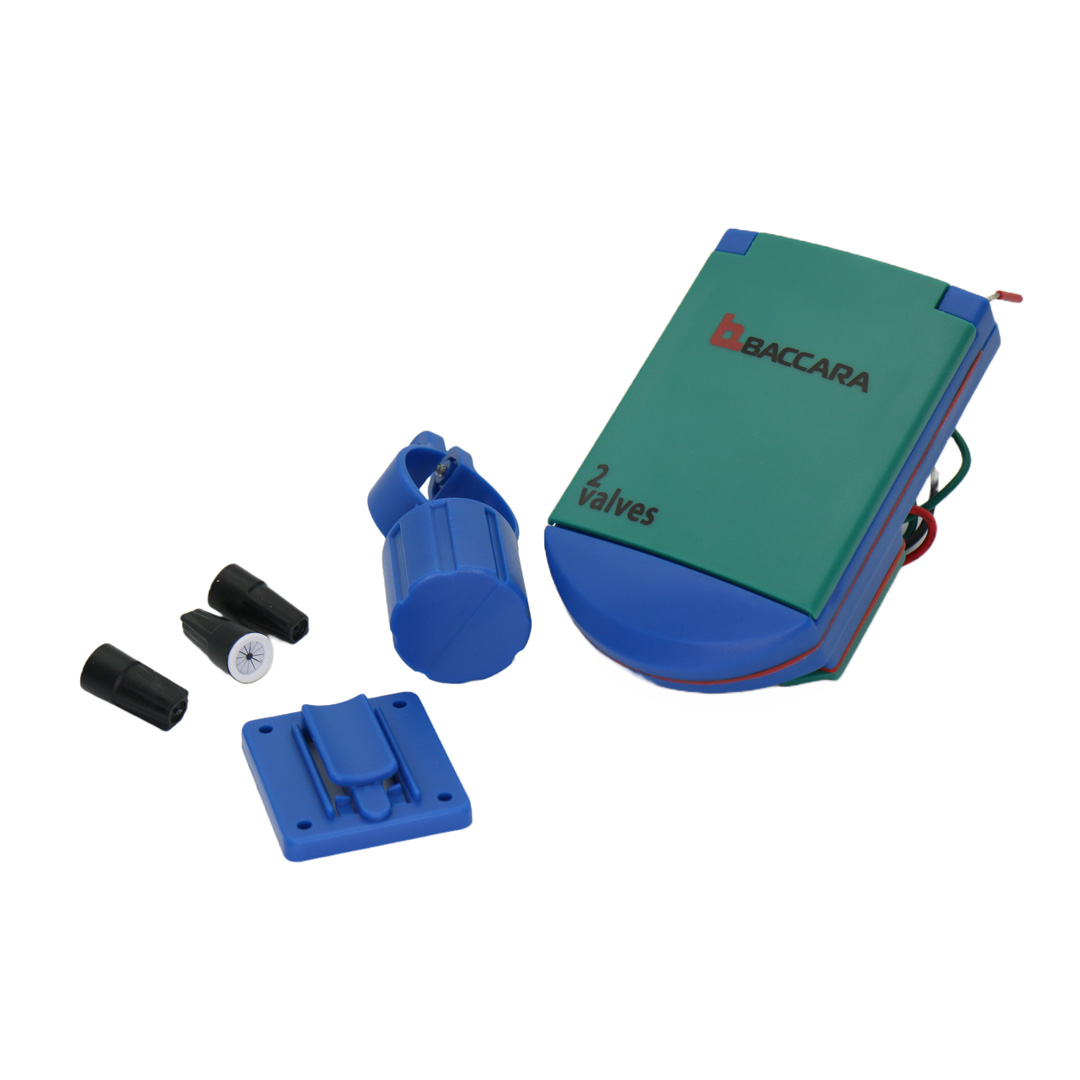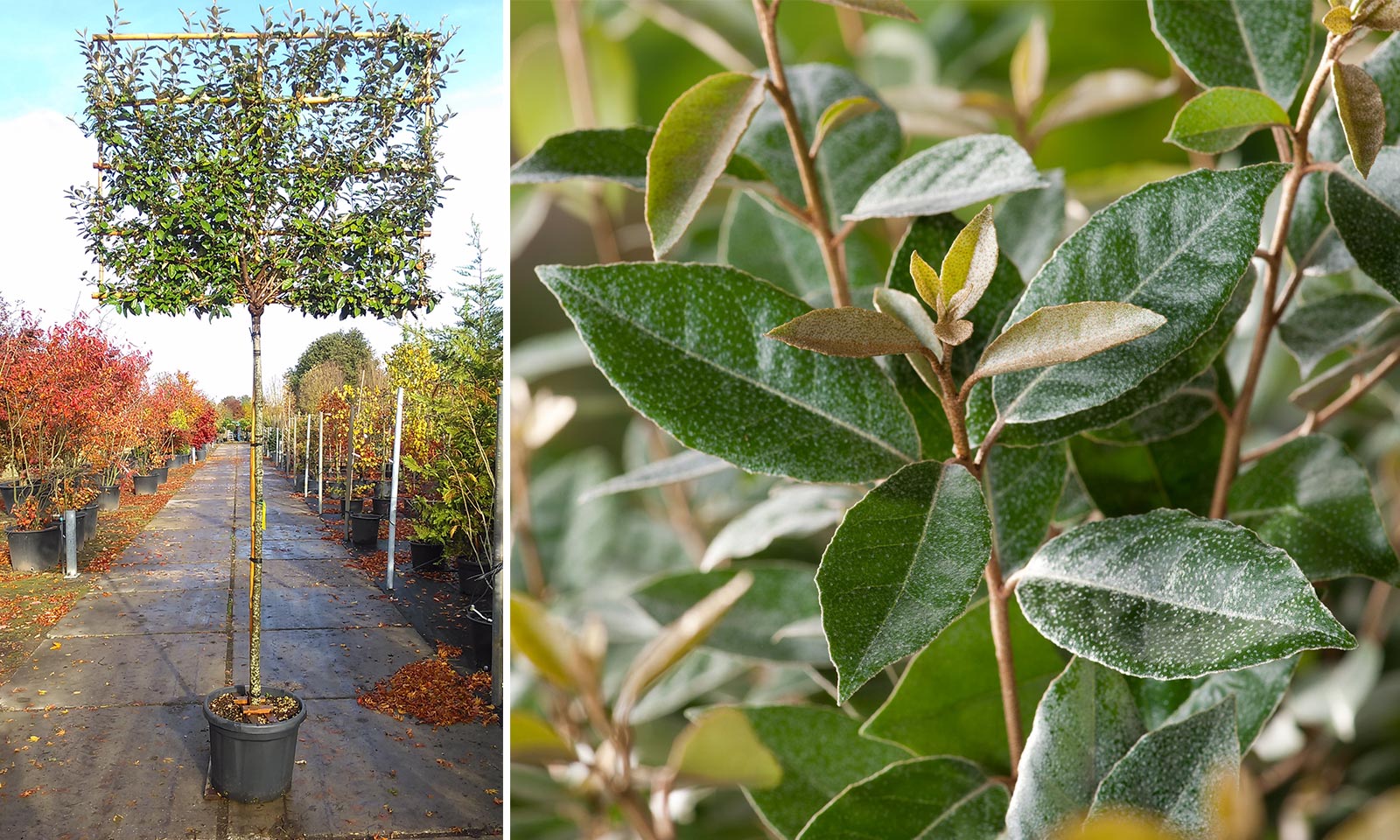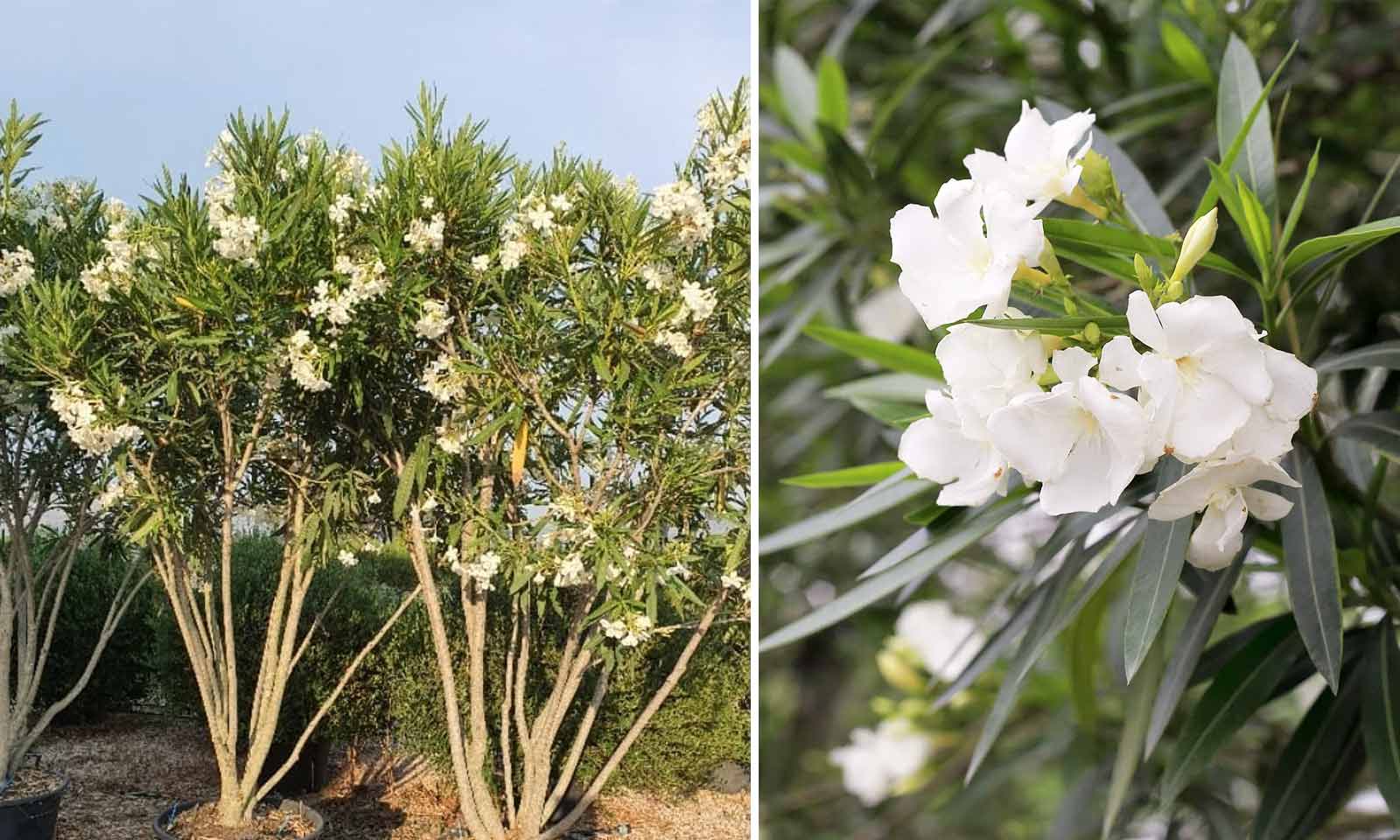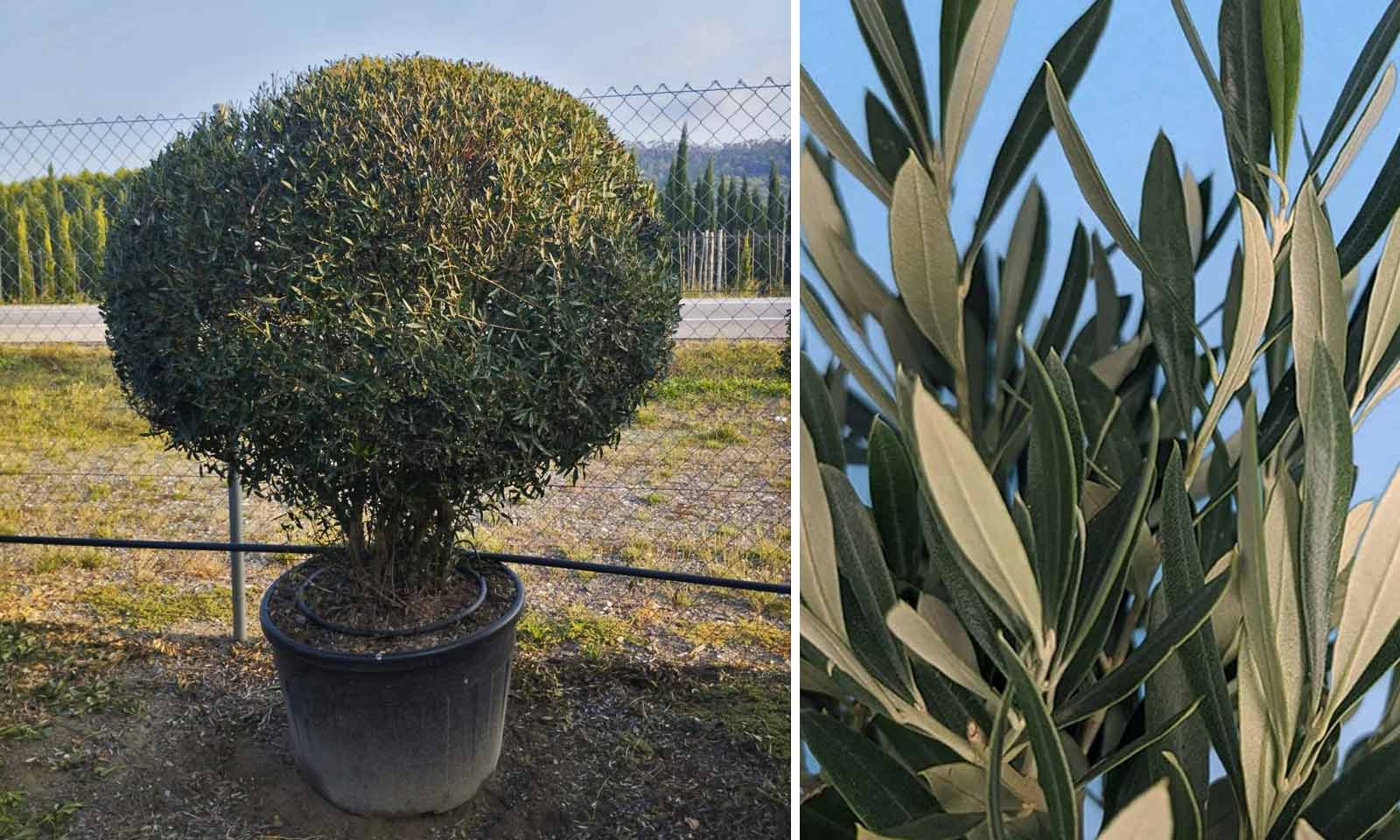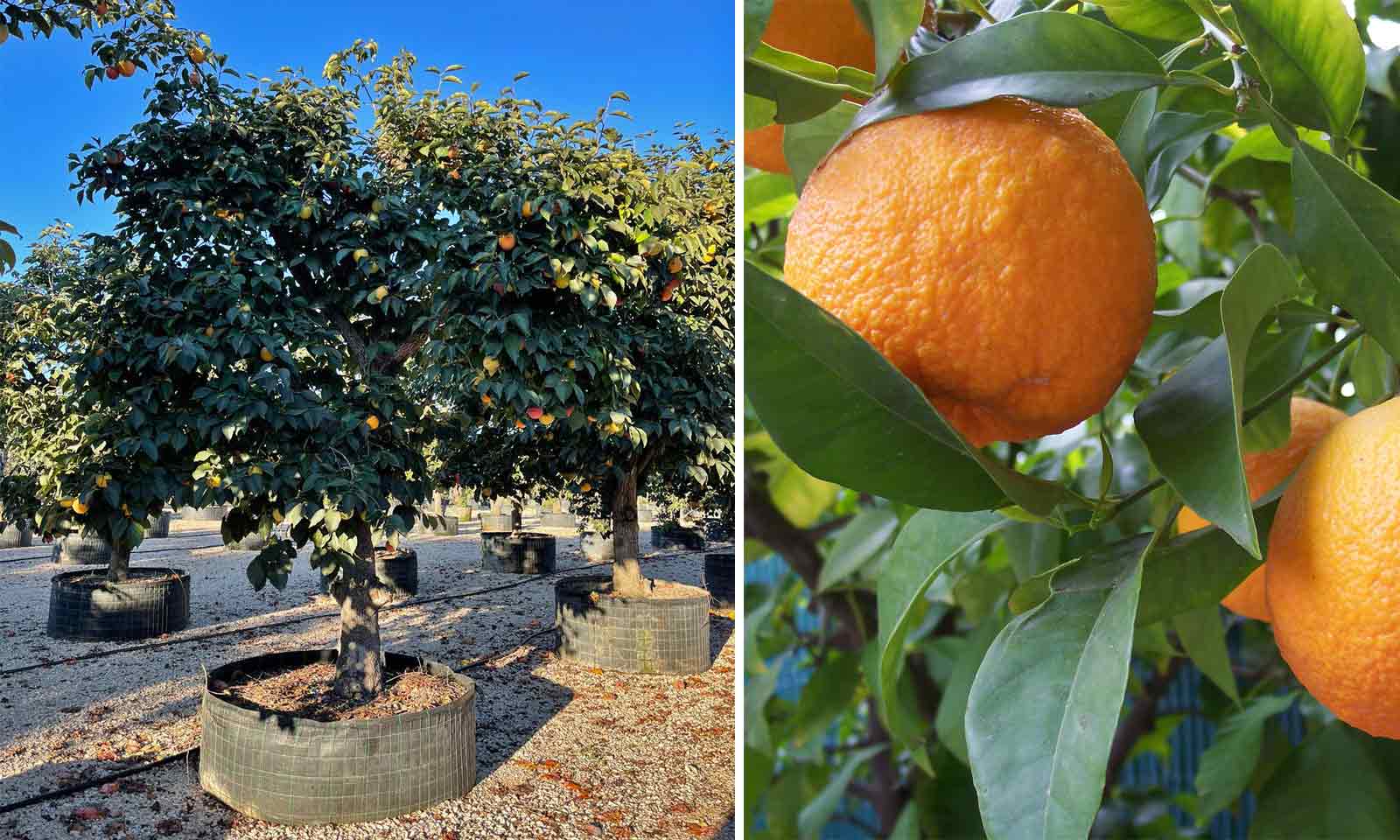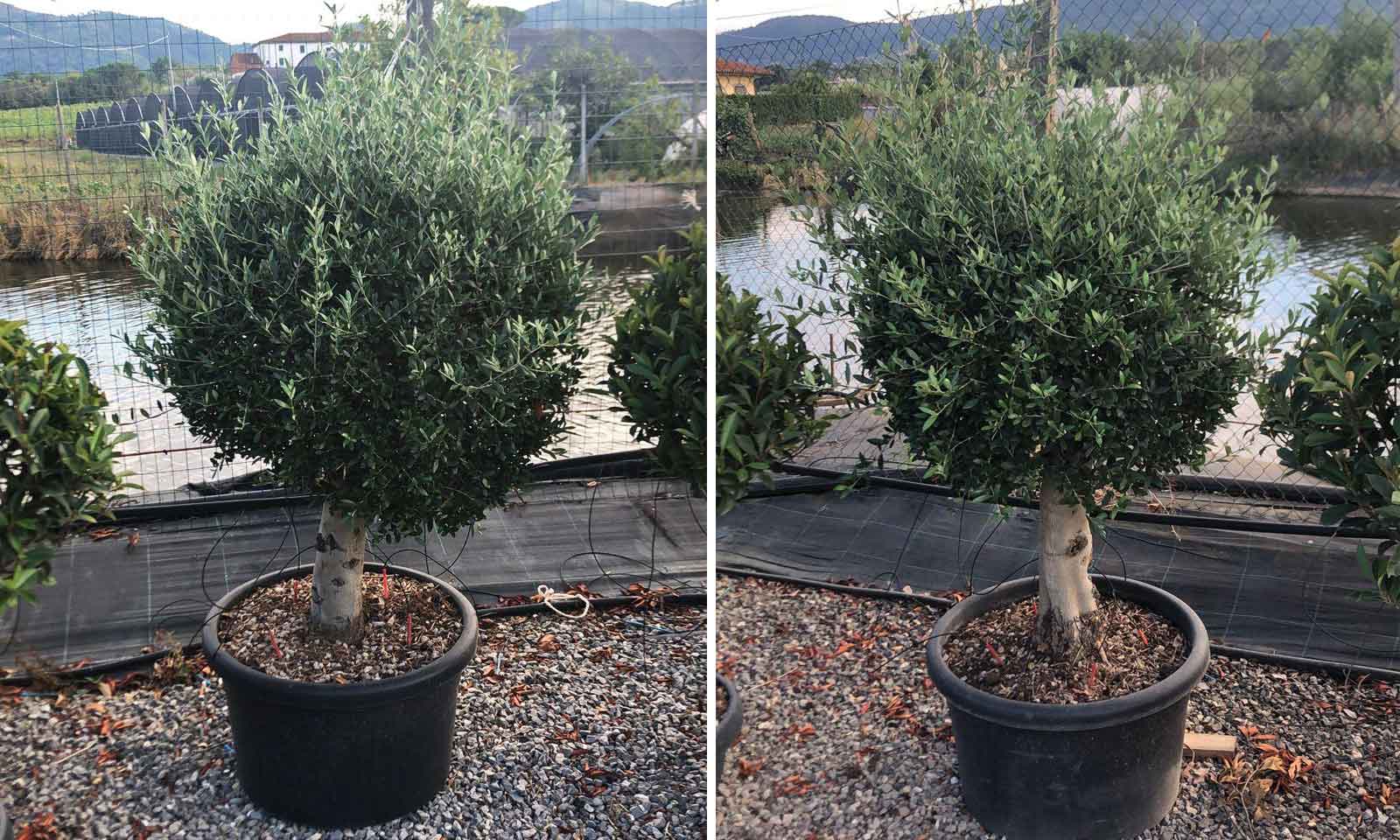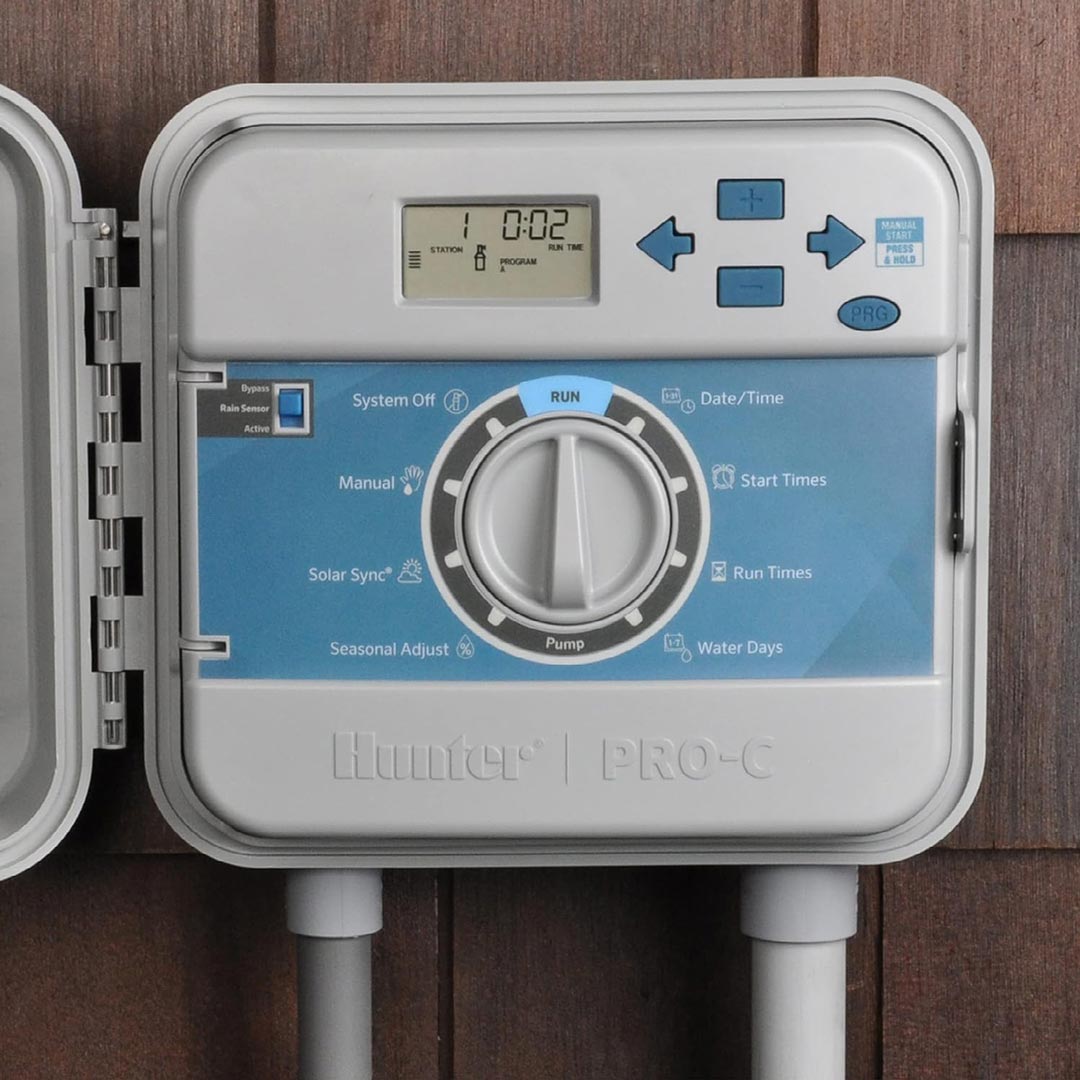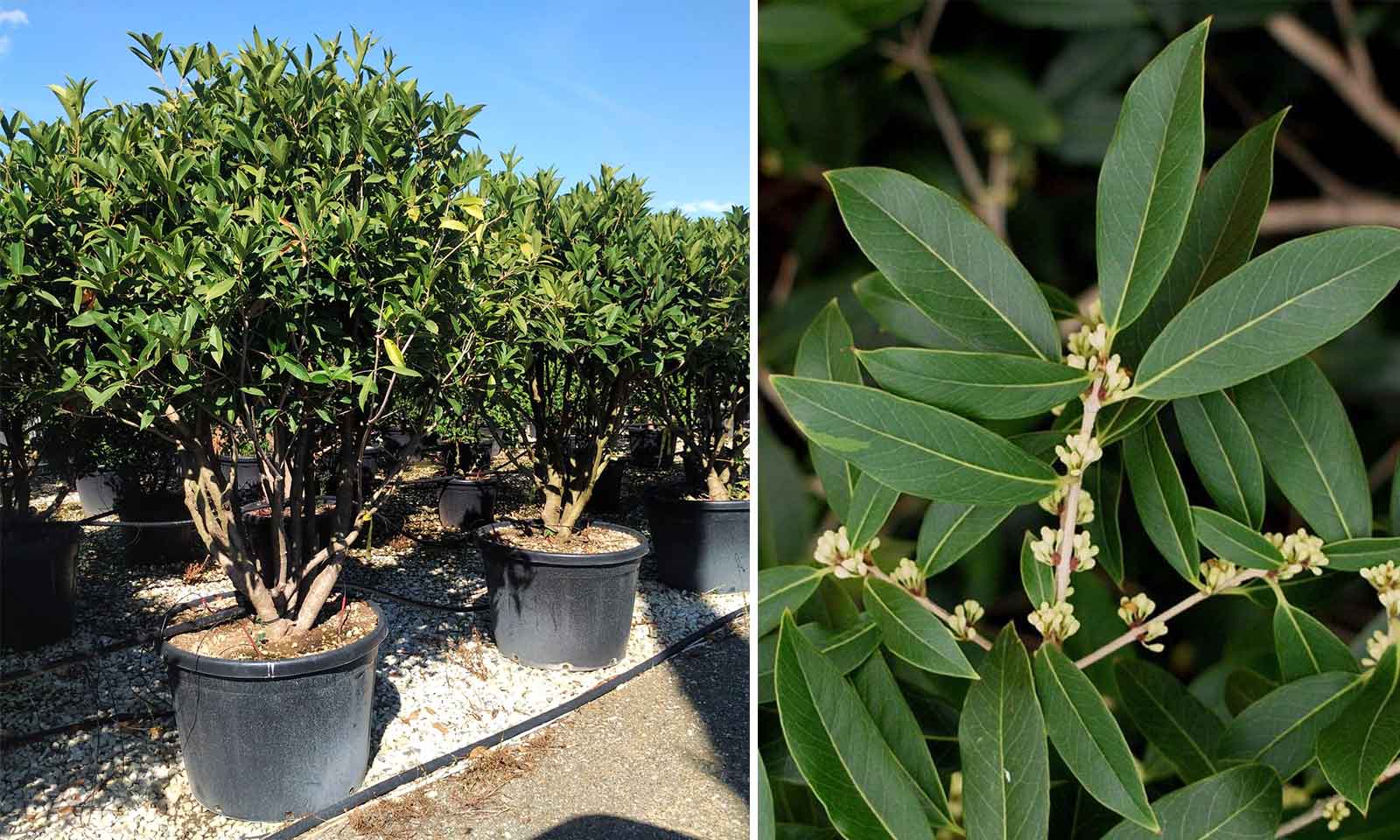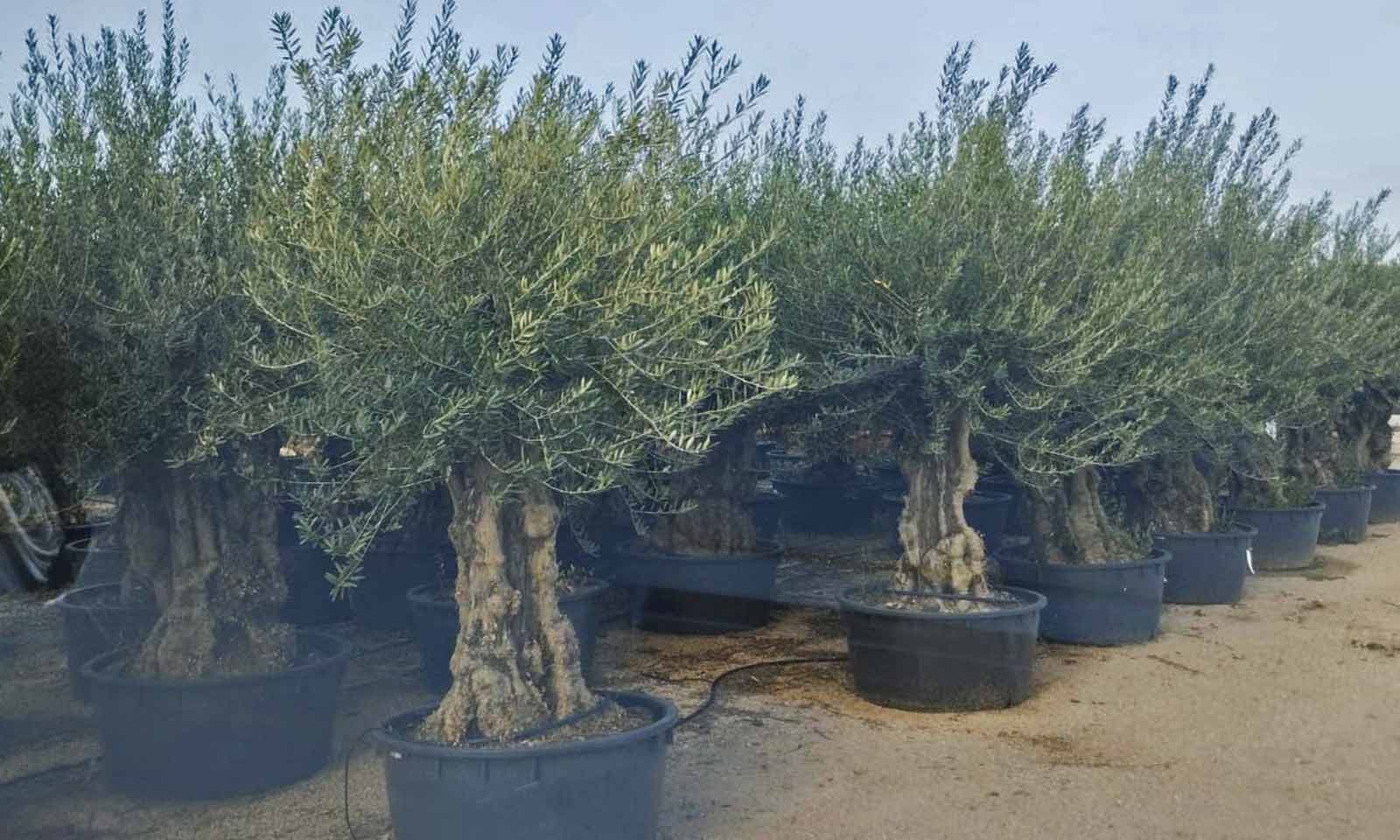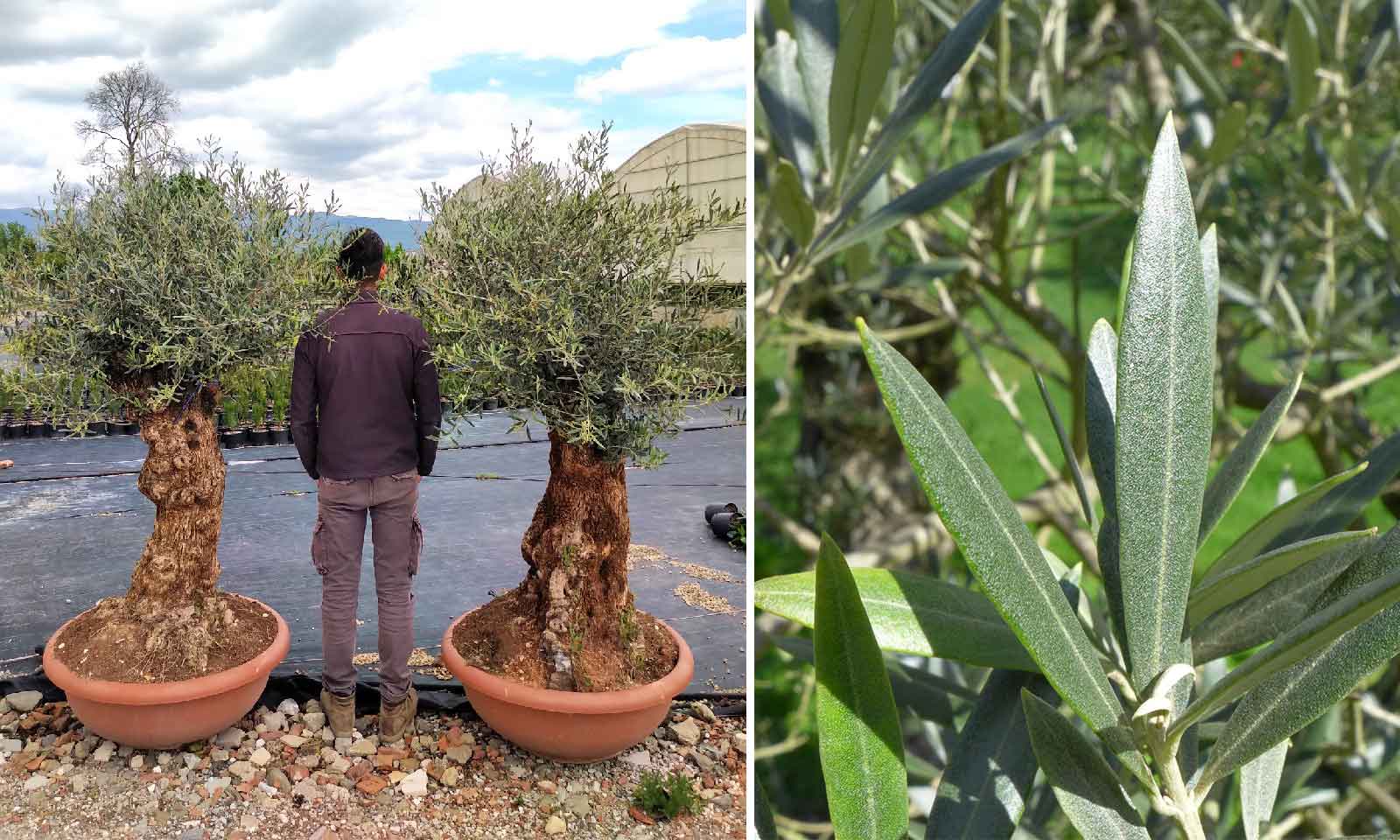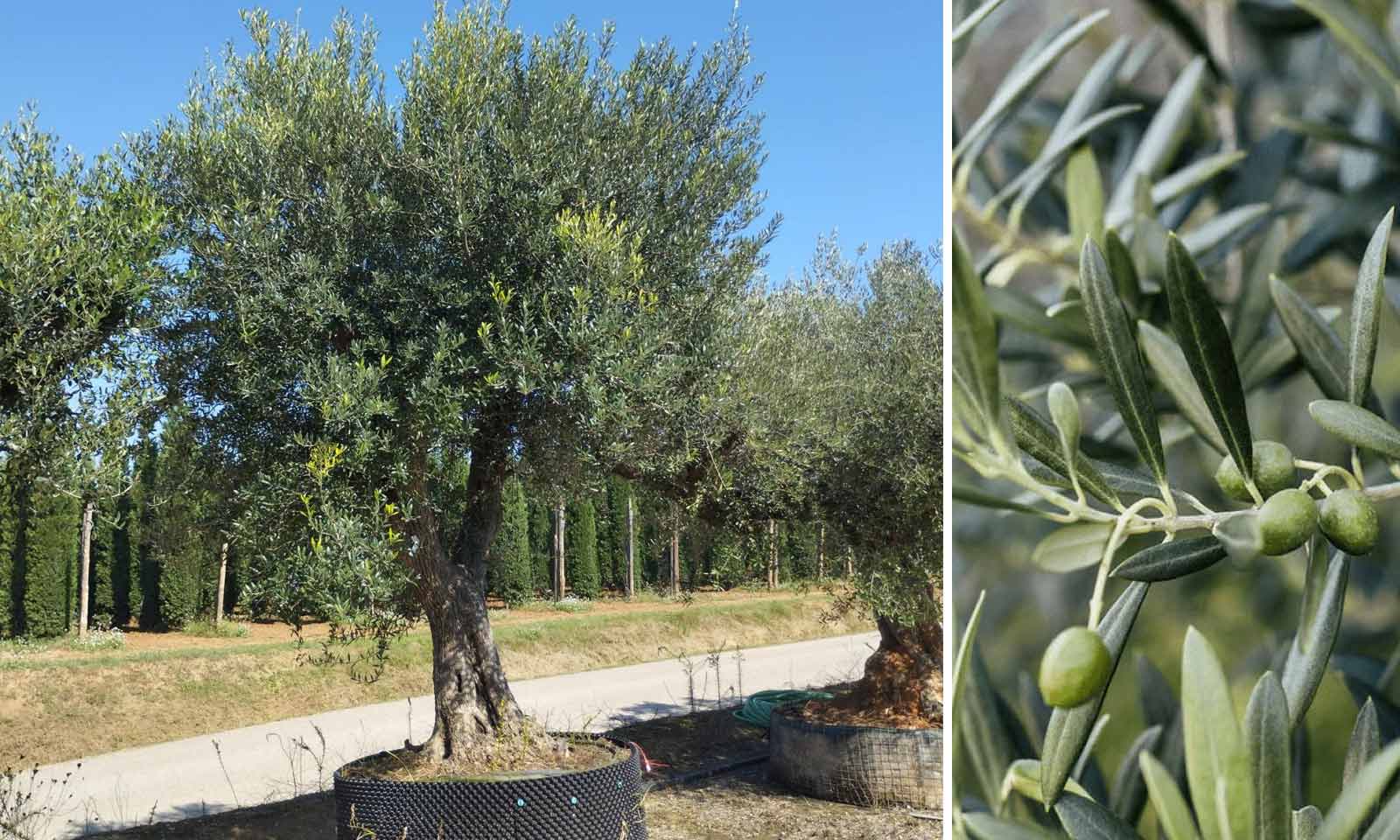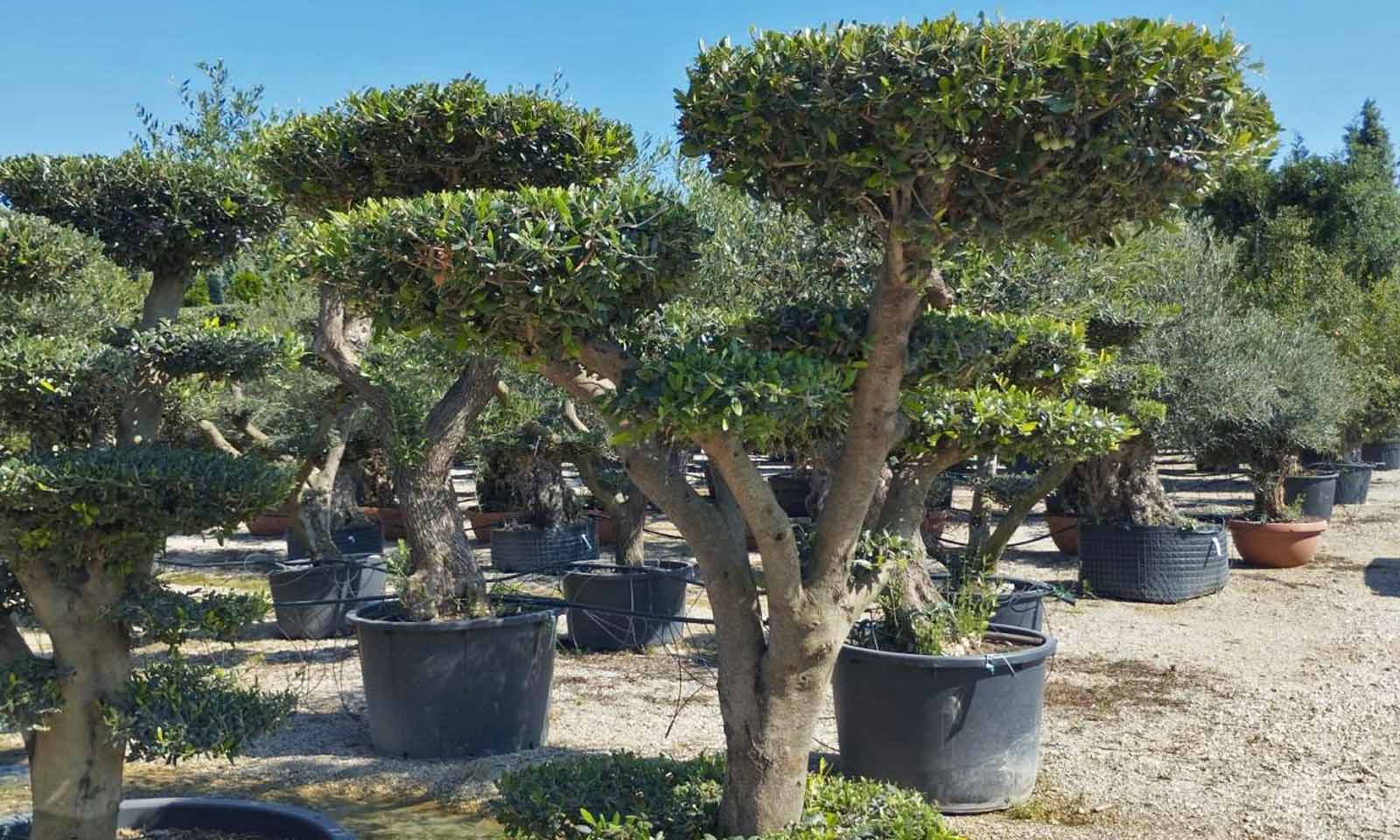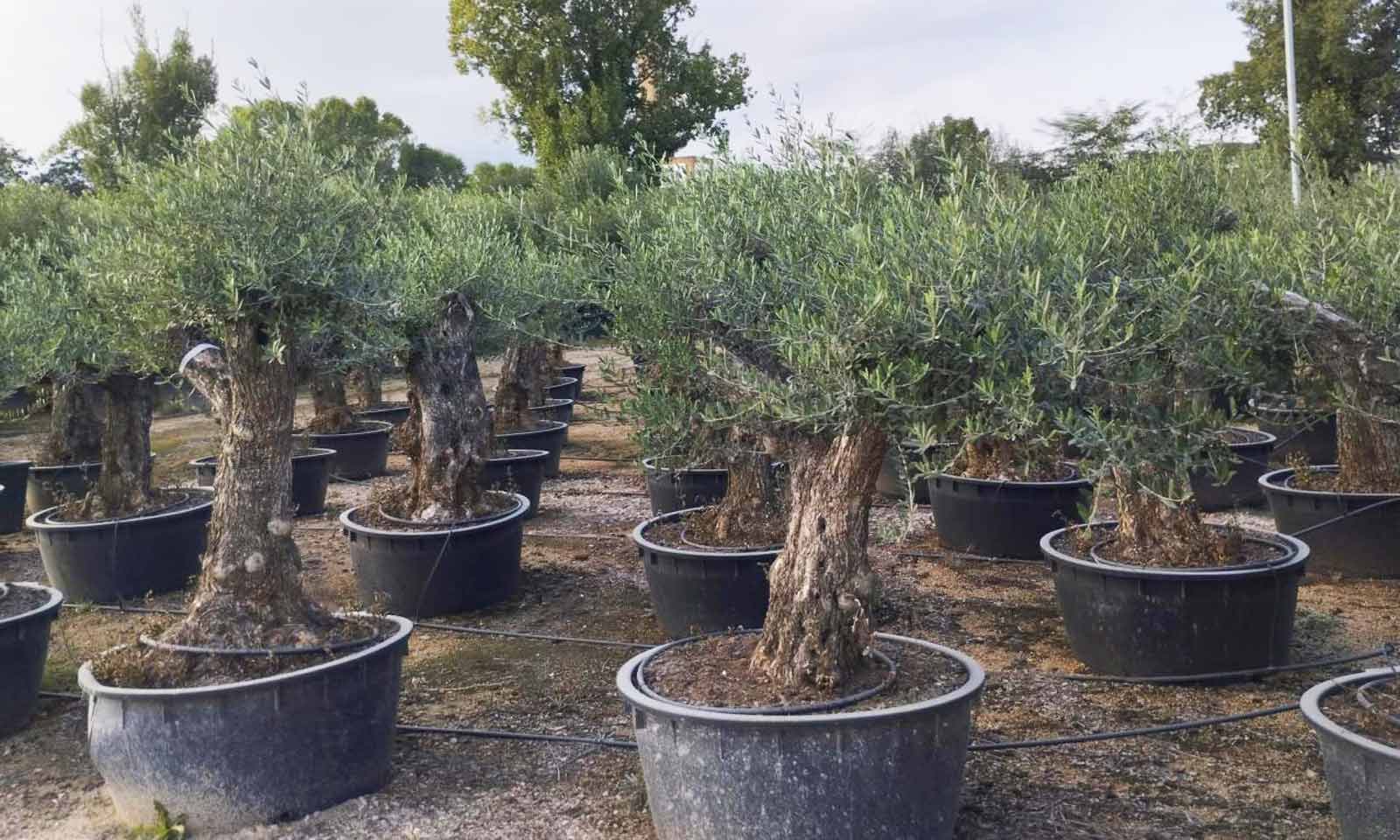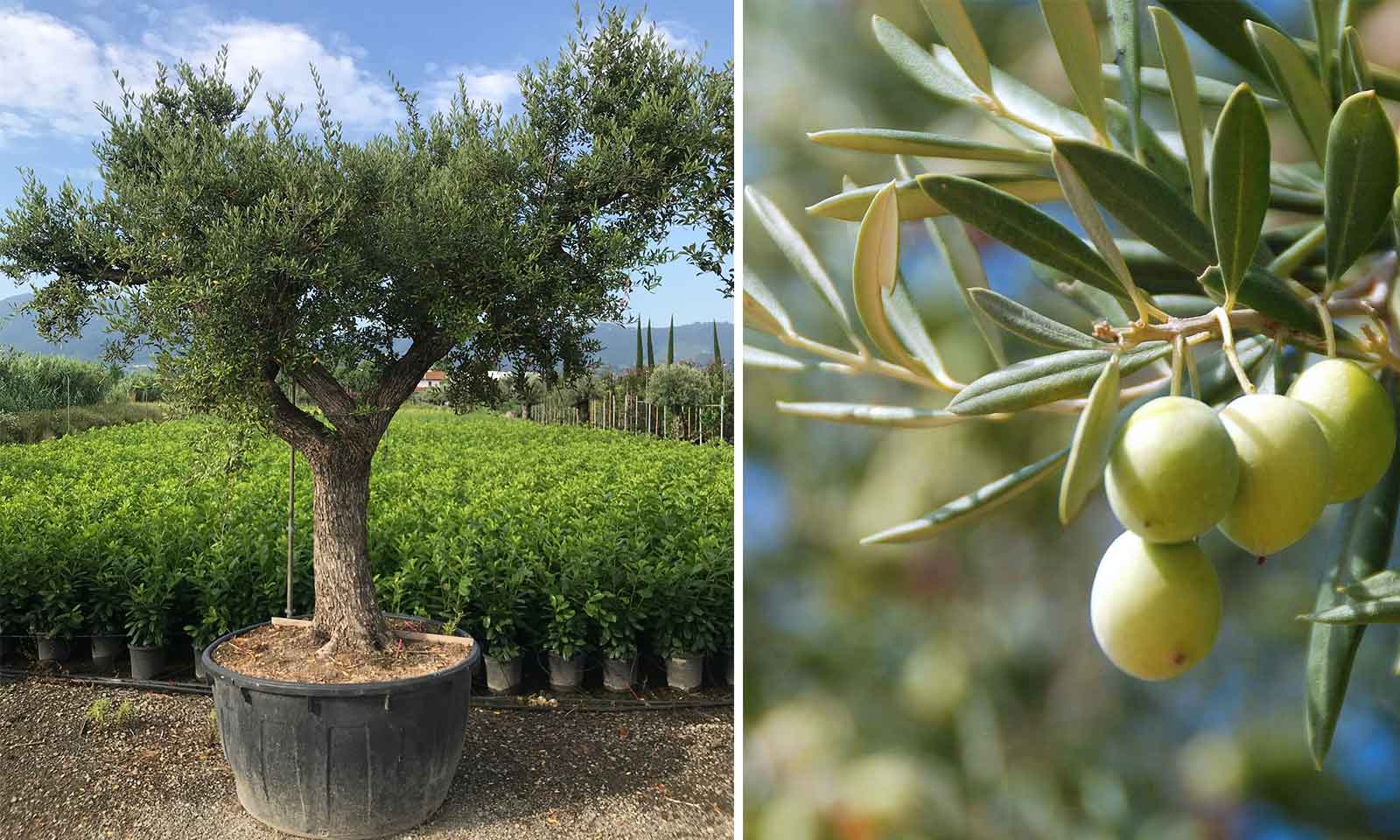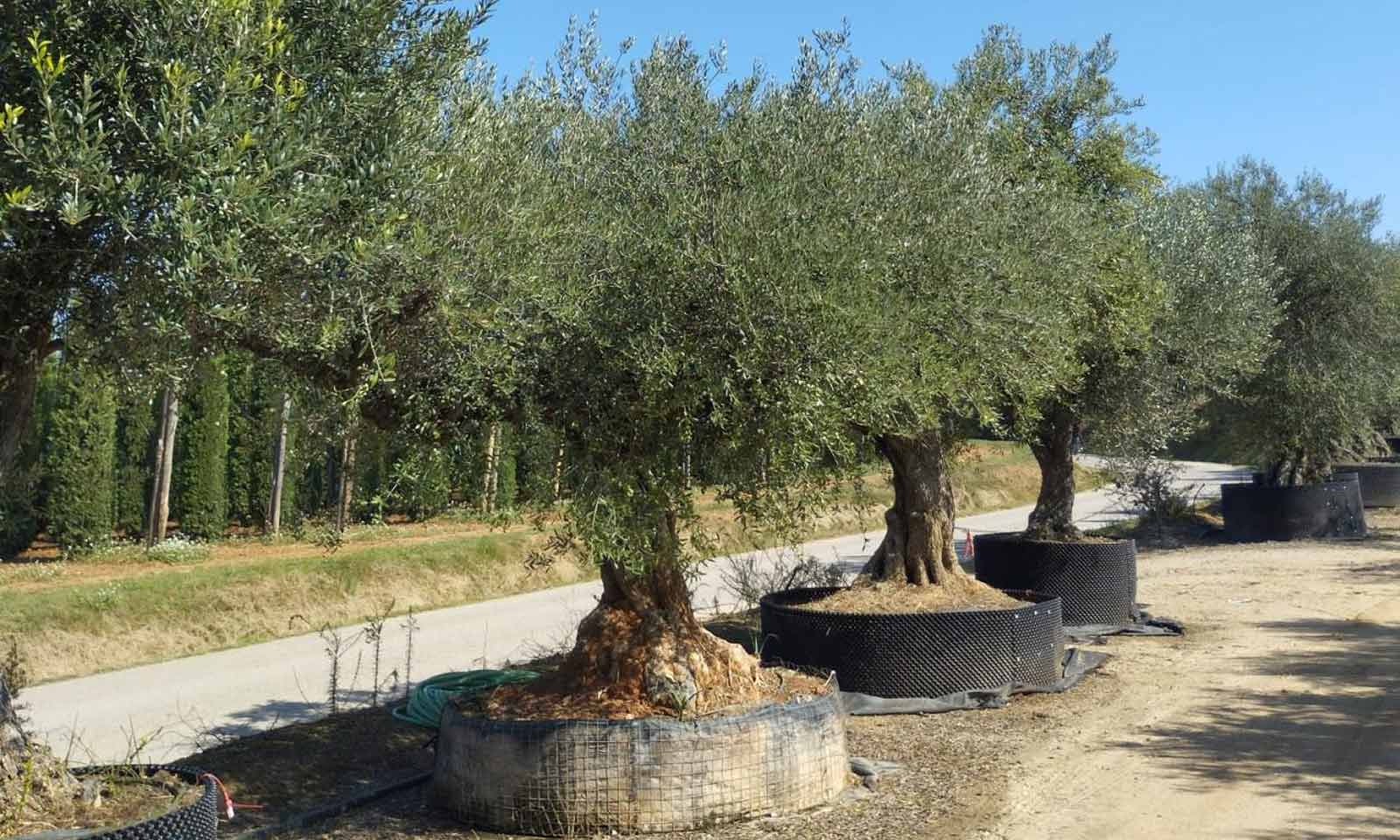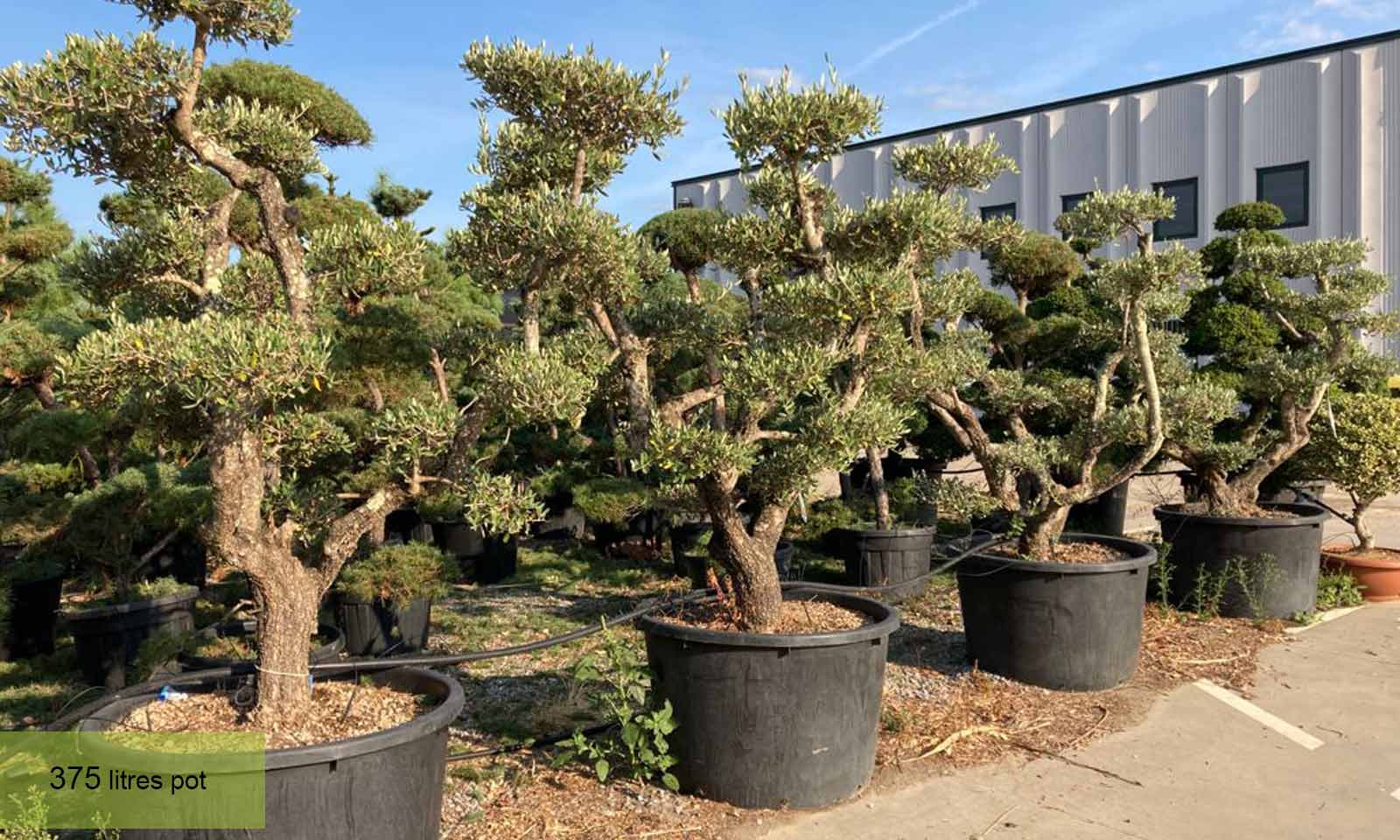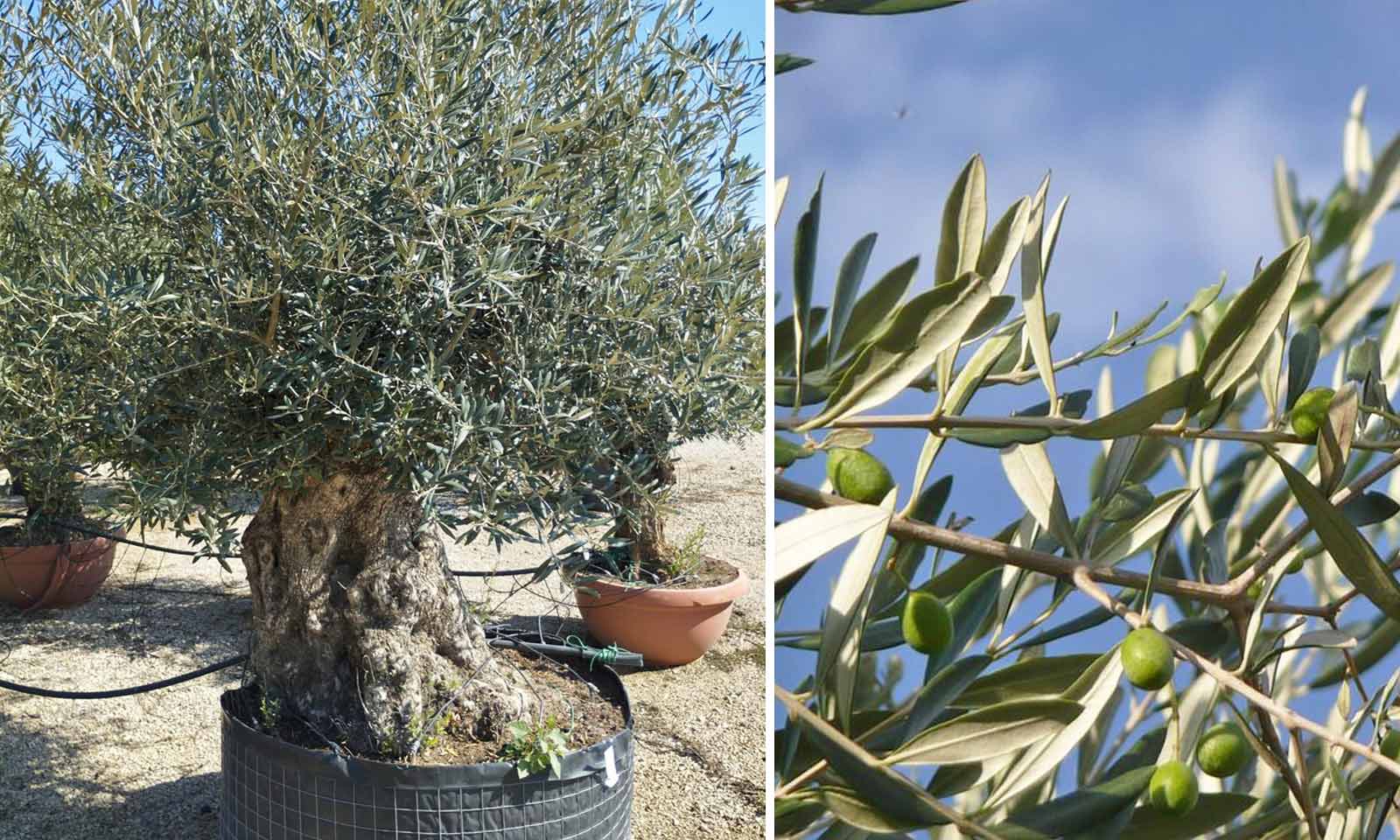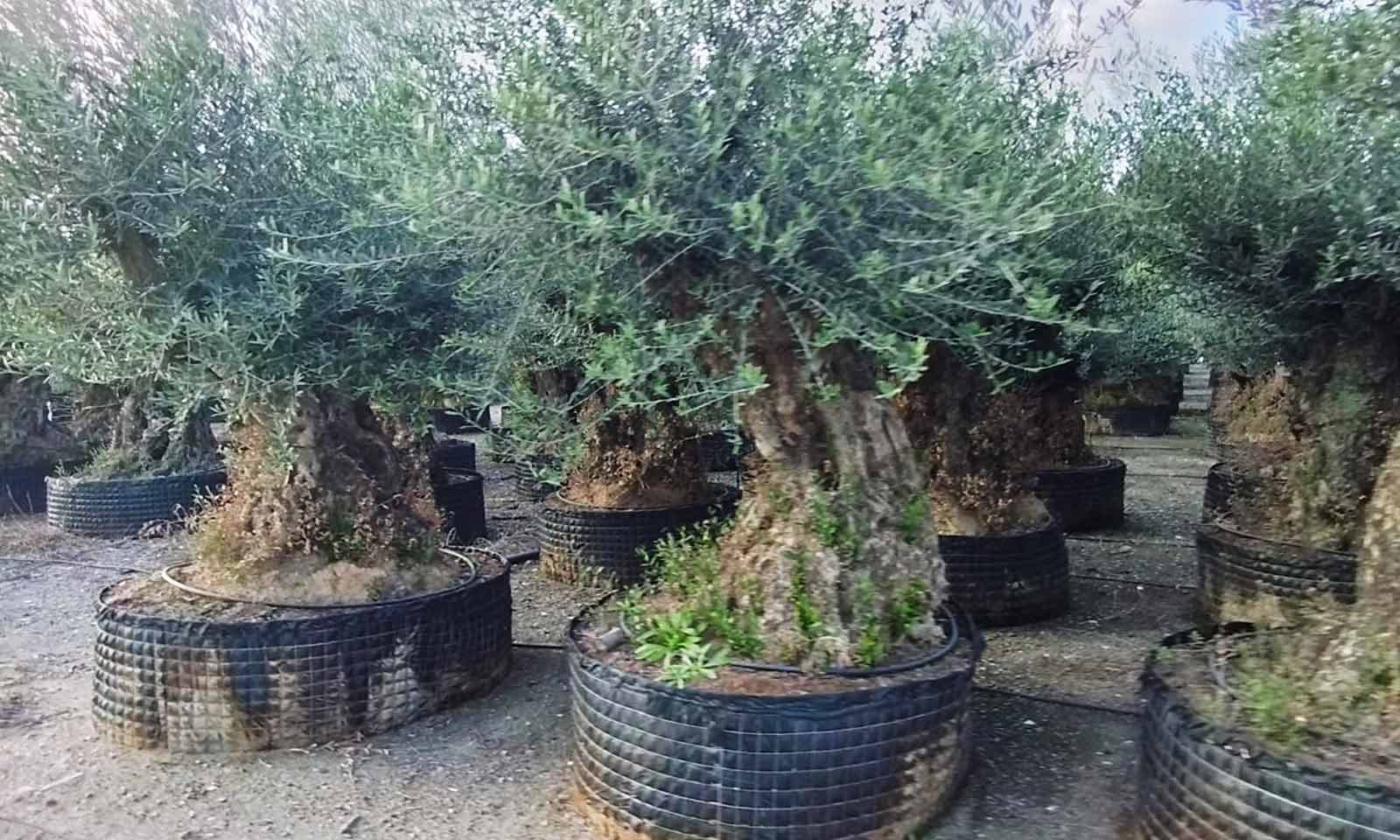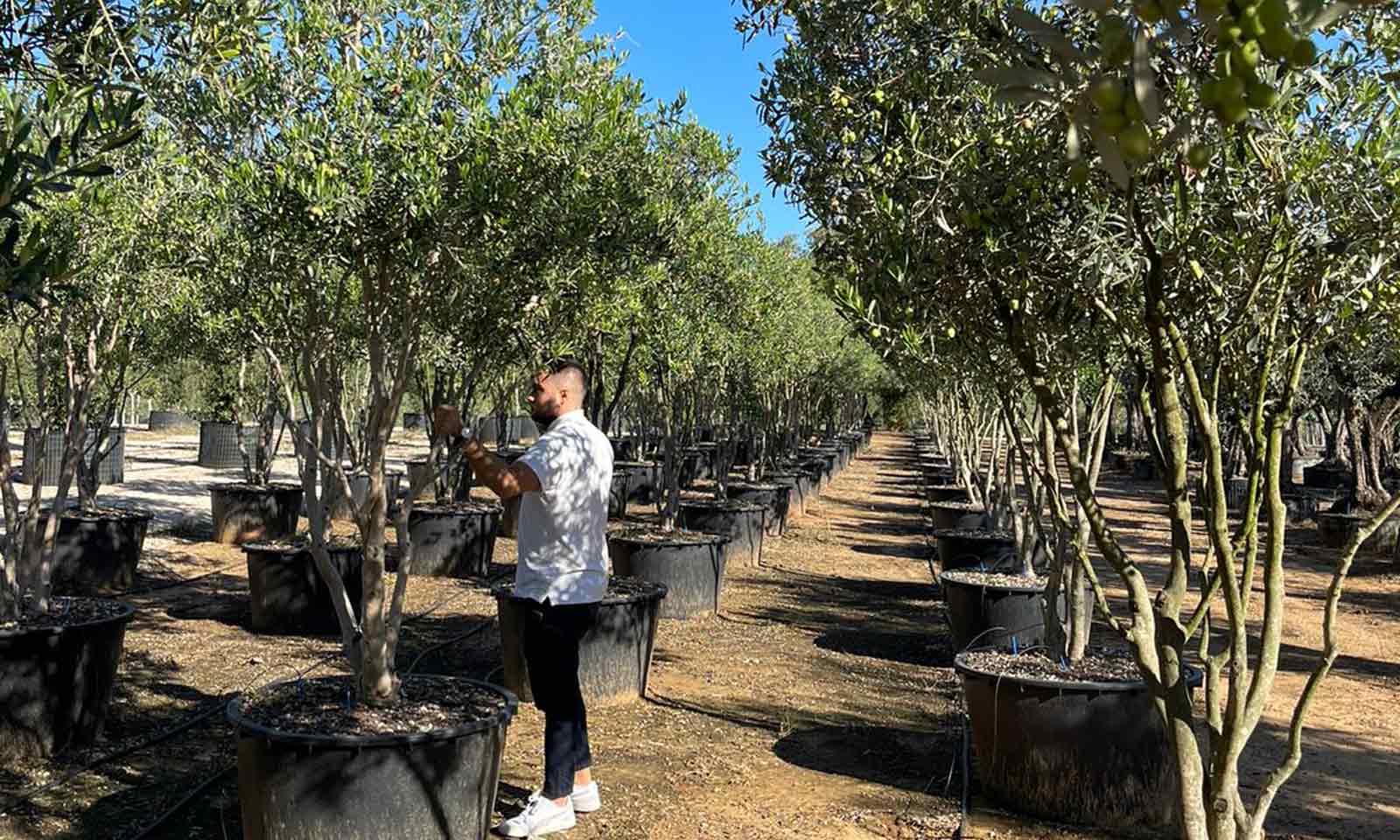Holly Olive (Osmanthus Armatus) - Multi-Stem - Extra
A dense rounded shrub with oblong, lance-shaped, glossy dark green leaves. Fragrant, cream-white flowers are borne in axillary clusters followed by dark violet berries. Native to West China. Once established, Osmanthus only require thorough watering during periods of drought. You may wish to fertilise them with a general-purpose fertiliser every year which should be spread around the base of the shrub, taking care not to touch any wood or foliage and water in well. Alternatively, a generous layer of compost will act as a slow release fertiliser. Osmanthus do not require much pruning although you may remove dead or old branches to retain a healthy appearance.
Product Dimensions
100 litre pot: height 100-150 cm (3.3-4.9 ft.)
230 litre pot: height 150-200 cm (4.9-6.6 ft.)
Latin Name: Osmanthus Armatus
English Name: Holly Olive
Species: Oleaceae
Genus: Osmanthus
Foliage Type: Evergreen
Foliage: Dark-green
Flower: White, yellow or orange
Flowering Period: Autumn
Suggested Location: Outdoor.
Suggested Soil Type: Moist but well-drained, Well-drained. Clay, loamy, sandy, chalky.
Suggested Exposure to Sunlight: Full sun, partial shade
Suggested Exposure to Weather: Sheltered
Hardiness Rating: Hardy (H4)
Lowest Temperature Tolerance: -15 °C to -10 °C (5 °F to 14°F)
Pests: Generally pest free
Diseases: Generally disease free.
Cultivation: Grow in well-drained, fertile soil in sun or partial shade. Shelter from cold, drying winds. Drought tolerant once established.
Propagation: Layering, Semi-ripe cuttings
Pruning: Pruning group 1 or 9.
Suggested planting locations and garden types: Banks and Slopes, Beds and borders, City, Cottage/Informal, Hedging/Screens, Low Maintenance, Wallside and trellises
Final Height: 3 m - 4 m (9.8 ft - 13.1 ft)
Final Sideways Spread: 1.5 m - 2 m (4.9 ft – 6.6 ft)
Delivery Cost: This is calculated based on the total size, weight and quantity of your order, as well as the location of your delivery address. You will see the final price at the Online Checkout Page (before making payment). Our website will automatically calculate the lowest possible delivery price and apply discounts to orders of certain products – giving you the best value delivery every time!
Please note that high-volume orders will decrease your delivery costs significantly by spreading the price across multiple items. Visit our Delivery Policy page for more information.
